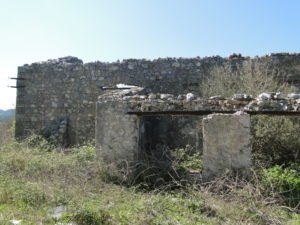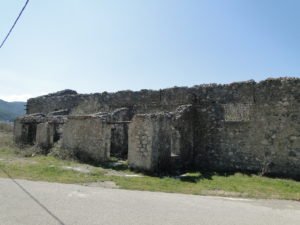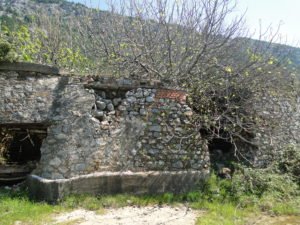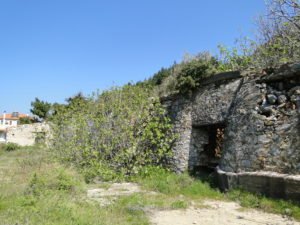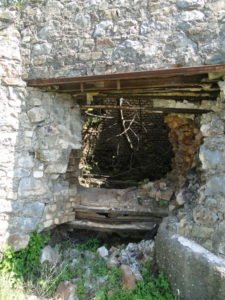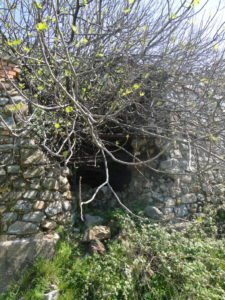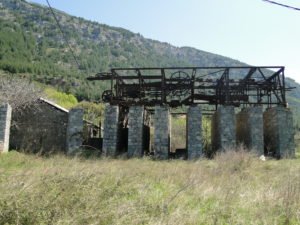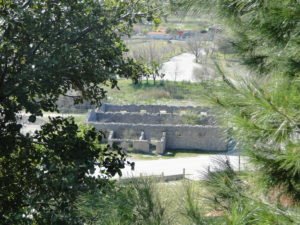THE MAGNESITE
What is magnesite?
Magnesite is a mineral carbonate of magnesium with the chemical formula MgCO3. It has a white to white-yellow colour.
Magnesite exists in Austria, ex-Yugoslavia and many parts of Greece. It is one of the main ores of our country and is very clean. Therefore, it is considered one of the best globally while its demand is constantly increasing internationally. The Greek magnesite belongs to the amorphous type.
In Greece, white stone is presented mainly in veins, 0.5 – 8m thick. The magnesite mines are concentrated mainly in Halkidiki, Evia and Lesvos, like a lenticular or irregularly shaped volume 5-6 m thick.
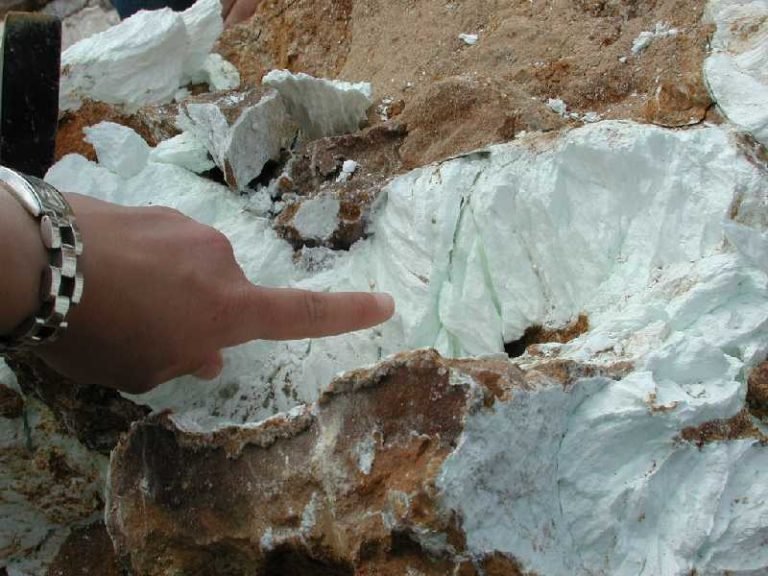

In Northern Evia, there are two zones of magnesite deposits, with a total length of 30 km and a width of 16-20 km. The eastern zone includes Mantoudi, Galataki, Pili etc., while the western ones are the mines of Varia – Rema, Troupi etc. After the extraction of the magnesite, sorting is done by hand, and metallurgical treatment follows.
In Pili but also in the former settlements of Agia Triti and Livadakia, there was great mining activity, mainly before the 2nd world war, but also after that. In these locations, mining was carried out, transported by aerial and fixed wagons, processed, stored, and transported again by wagons through the sea dock built on the beach of Pili to the boats with the barges also to the bay of Atalantos by wagons from Livadakia.
Changes in ownership of use
In Pili and Theodoros, Vokos had been granted, by order no. 24571/7 September 1874 of the Ministry of Interior, the exploitation of a 2.142 acre white stone quarry. In the past, he had collaborated with Vassilios N. Voudouris to exploit the mining wealth of the area since, in fact, they were also relatives (Vokos’ wife was Skevo Voudouri, sister of the well-known politician). In fact, after the death of Vokos, VN Voudouris, with the consent of his sister, continued from 1899 the “cultivation” of this mine, cf. ELIA, File: 9.3, Concessions of mines (1872-1911). “Paliria” Magazine, no. 738, year 10th. January 15, 1898.
Later the mining activity was acquired by Aglogrek. Then, based on agreements, the Greek State granted it the areas on the beach of Pili for as long as the works of mining and processing of cobblestone and while local labour is working in them.
Today the abandoned facilities both on the beach of Pili and in Agia Triti seem to belong to the private Portola.
The magnesite in the war years
In the interwar years, there was a pause in work and the abandonment of both the settlements of Agia Triti and Livadakia and the migration of the population of Pili, both before and after the Second World War and the Greek Civil War.
The region’s economic development during the years of full operation and exploitation of the magnesium was huge, as was the devaluation when the works were stopped to be transferred to the coasts of Turkey due to lower labour costs and taxation of the company’s profits. Indicative of the economic and population change due to these works is the table of population fluctuations, both in Pili and in the surrounding settlements, which we quote in the chapter Population Census.
Nowadays...
In the area, mining, sorting and processing of magnesite resumed in 2012, in units that operate mainly in Prokopi, Mantoudi, etc., while deposits exist almost in the entire area of Kireas and northern Evia towards the Aegean side. However, the volume of work is smaller, carried out by the company TERNA LEFKOLITHI and other contractors. At the same time, the jobs are much fewer compared to the Skalistiri era or even older.
Today, unfortunately, the buildings, warehouses, bakeries, etc., located on the beach of Pili, look like “ghost” buildings dilapidated. With them is lost the remaining history of economic and mining activity of the region and Pili in particular.

